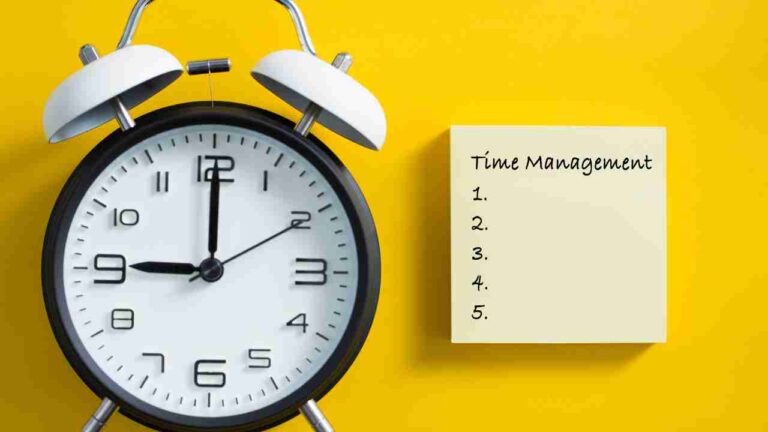Keeping accurate records of employee hours worked is critical, and a clock-in system can ensure quick payroll processing, fair payments, and efficient workforce management. Having employees punch in and out at work is essential.
Business owners and managers have a lot of responsibilities — conflicting goals, competing deadlines, budget-related tasks, etc. They are also saddled with tracking employee productivity and attendance. Doing that manually for a sizeable workforce is a lot of work, to put it mildly.
It’s hard to focus on the bottom line without a dedicated system for your employees to clock in and out.
Defining a clock-in, clock-out system
Let’s define what this system is before going into the details of setting one up. Essentially, it’s a system for staff members to log the exact time they came into work and left. The system generates timesheets from the logged hours and uses them to calculate payments.
Why do businesses need such a system? After all, you should be all right if you’ve been using physical spreadsheets for as long as you can remember. What’s the point of an employee time clock? In brief, you need one to ensure accountability and increase productivity.
Studies have shown that employees who track their work hours automatically face fewer compliance issues and less frequent payroll errors. 60% of businesses that employ remote workers use apps to track productivity.
The following sectors, in particular, benefit from clock-in systems greatly:
- Computer and IT
- Advertising and marketing
- Construction
- Business and finance
- Manufacturing
- Legal, etc.
How to pick the right system
Choosing the best system for your business needs is the first step in setting it up at work. You can select from time clock apps, AI-based systems, and biometric clocks. While manual time clocks such as punch cards and spreadsheets are still available, they are prone to errors and inaccuracy.
The easiest choice is a time clock app. Your employees download it on their phones, iPads, or tablets and clock in via the respective device. Businesses with employees in different locations find these apps especially helpful.
AI-based time clocks feature an AI assistant to collect compliance information, respond to HR queries, display company announcements, display employee self-service functions, conduct surveys, and more.
Finally, biometric clocks scan facial features, fingerprints, or other individual biometric data to identify the employee who is clocking in or out. They eliminate “buddy punching” and other issues.
Training and onboarding
Make sure your employees know how to use the clocking system before setting it up. Give them any devices they need or show them how to use the app on their own devices. Your employees should be aware of how, where, and when they should clock in or out. Explain how the system calculates breaks and overtime and the consequences of inaccurate recording or missing records. Define your expectations before setting up the system and communicate them clearly.
Your employees should be able to track time easily, irrespective of location. They need to perform a few simple steps for a clock in/out scenario:
- Launching the app
- Logging into their accounts
- Pressing a button to start/stop tracking
Offer perks and incentives
Setting up a time clock at work involves offering perks and incentives. These can be rewards like gift cards or vouchers. Whichever form of reward you choose, recognizing and praising staff members who comply with the system is a great way to encourage more of the same. Your workforce will become more passionate if you give words of encouragement. They will instill a sense of belonging.
Review time records regularly
The process doesn’t end with deploying the clock-in system. Proper use of it requires consistent monitoring on your part. Review timekeeping records to find the root cause of attendance problems, solve them quickly, and ensure you comply with labor laws. Compare planned to actual hours worked to verify payroll estimates.






